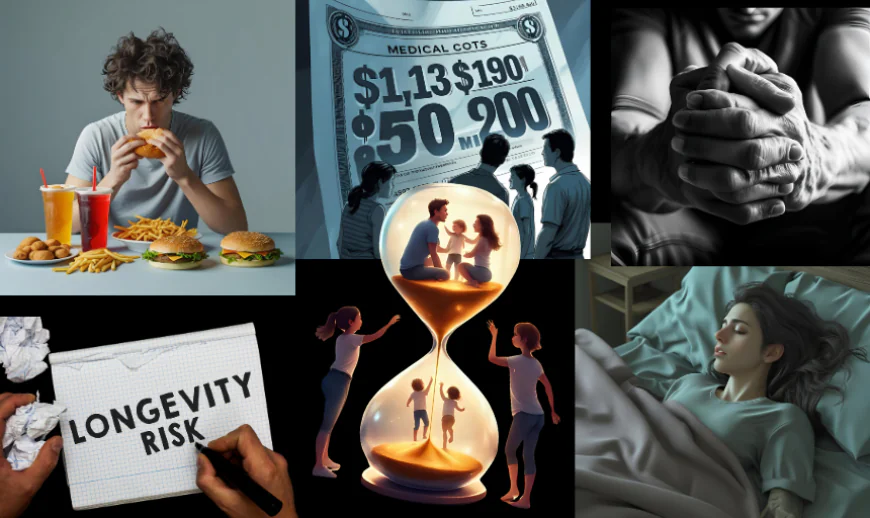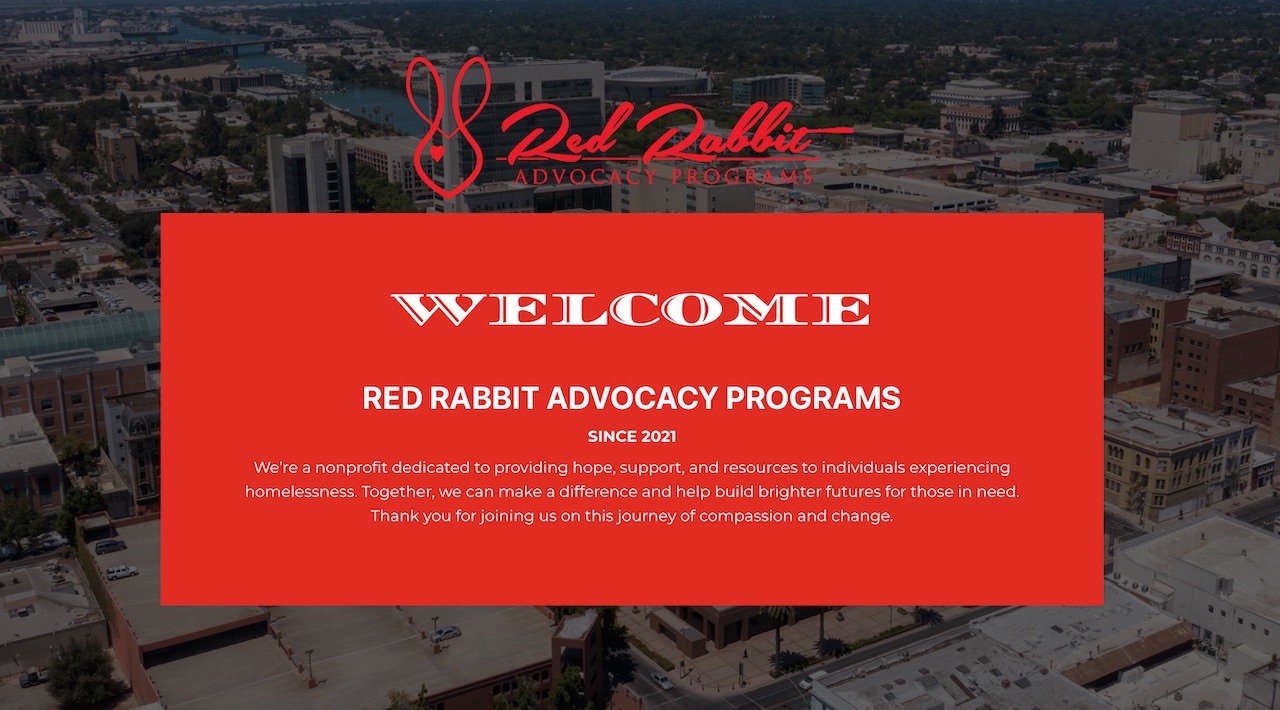Americans are Losing Lifespan Despite Wasting Billions On Healthcare
America’s life expectancy is falling, even as healthcare spending skyrockets. Explore what’s killing us and how we fix this national crisis.

Dying Young in the Land of the Free: Why America’s Life Expectancy Is Falling While Healthcare Costs Soar
In a country that prides itself on being the richest, most advanced, and most innovative, it’s hard to stomach this truth: Americans are dying younger than they used to. And not just by a little. Over the past decade, U.S. life expectancy has taken a nosedive, dropping to levels not seen since the early 2000s. Meanwhile, peer nations—countries with similar wealth and resources—have continued to climb, adding years to their citizens’ lives. So what gives?
Let’s break it down.
The Numbers Don’t Lie—But They Do Hurt
According to the CDC, U.S. life expectancy fell to 76.4 years in 2021, the lowest in nearly two decades. That’s a full six years shorter than countries like Japan, Switzerland, and Spain. Even Canada, just across the border, boasts a life expectancy over three years longer than ours.
And here’s the kicker: we spend more on healthcare than any other country in the world. Nearly $13,000 per person per year. That’s double what countries like the U.K. or Canada spend—and they’re living longer, healthier lives.
So how is it possible to spend the most and get the worst results?
The American Paradox: High Costs, Low Outcomes
The U.S. doesn’t have a healthcare system. It has a sick-care industry—one that’s reactive, fragmented, and profit-driven. We’re great at high-tech interventions once you’re already sick, but terrible at preventing illness in the first place.
Other countries invest in public health infrastructure—clean air, safe housing, access to nutritious food, mental health support, and universal healthcare. We invest in pharmaceutical ads, hospital mergers, and insurance bureaucracy.
And the results are deadly.
What’s Killing Us?
The decline in life expectancy isn’t just about COVID-19—though that certainly played a role. It’s also about:
-
Drug overdoses, especially opioids, which have skyrocketed since the early 2000s.
-
Suicides, particularly among young adults.
-
Chronic diseases like heart disease and diabetes, driven by poor diets, stress, and lack of access to preventive care.
-
Maternal and infant mortality, where the U.S. ranks embarrassingly low among developed nations.
And let’s not ignore the racial and geographic disparities. Life expectancy can vary by 20 years depending on your race, income, and ZIP code. Black, Indigenous, and rural communities are hit hardest, reflecting a long history of systemic neglect and inequality.
The Southern Sickness
A century-long study from Yale found that states in the South—like Mississippi, Alabama, and Kentucky—have made almost no progress in life expectancy over the past 100 years. Meanwhile, states like New York and California have added 20 to 30 years to their residents’ lives.
Why? Policy. States that expanded Medicaid, invested in public health, and cracked down on smoking saw gains. Those that didn’t? They’re stuck in the past—and people are dying because of it.
So What Now?
This isn’t just a health crisis. It’s a moral failure. A country that can send billionaires to space but can’t keep its citizens alive past 76 is a country with broken priorities.
We need to:
-
Shift from sick care to health care—invest in prevention, not just treatment.
-
Address the root causes—poverty, racism, pollution, food deserts, and mental health.
-
Make healthcare a right, not a luxury—because no one should die young in the richest nation on Earth.
Final Thought
America’s falling life expectancy isn’t just a statistic. It’s a mirror. And what it reflects is a nation that’s lost its way—where profit trumps people, and where the American Dream is dying younger every year.
But it doesn’t have to be this way. We can choose a different path. One where health isn’t a privilege, but a promise.
Fact Check:
What's Your Reaction?
 Like
0
Like
0
 Dislike
0
Dislike
0
 Love
0
Love
0
 Funny
0
Funny
0
 Angry
0
Angry
0
 Sad
0
Sad
0
 Wow
0
Wow
0























